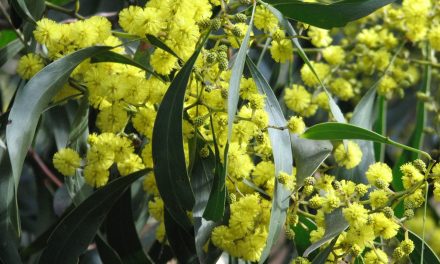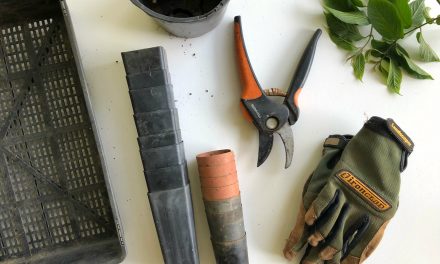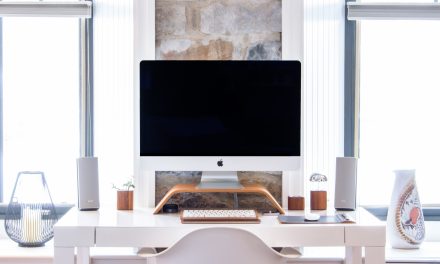Isabella Ross
It sounds too good to be true – an air plant, not requiring much attention yet still looks lovely and lush. But it is a botanical dream that is a reality as well.
Terrarium
Since air plants don’t need soil to grow, there is no need to put soil in the bottom of your terrarium. Instead, you can consider coarse sand, small rocks, shells, bark – you name it. Having little moisture in your base is key – that is why soil isn’t a good idea, so be sure that whatever you put in the base is dry.
Hanging Plant
As discussed in previous issues of Sydney Observer, vertical gardens continue to be incredibly popular in the garden industry. Lots of fun gardening shops sell vertical planters like the one shown in this image. All you have to do is secure your air plant in place and allow room for the plant to grow through the gaps of the hanger. Some simple translucent fishing line will do the trick.
Driftwood
Interestingly, many air plant varieties grow well on pieces of wood. In their natural habitat, air plants commonly grow in the grooves of tree branches – that is why driftwood works so well when styling your air plant. You can just use a bit of translucent fishing line to secure them! Plus, you can find the driftwood yourself while walking on the beach, making the final product something you can be immensely proud of creating.
Care Guide
Air plants (tillandsias) are such an incredible variety. Given they are a type of epiphyte – they grow on things, clinging to tree branches for example as they don’t have a root system. Most air plants need to be watered once a week and the process is as follows – place your plants in a tub, sink or bowl of water, enough to submerge the plant. Let them soak for half an hour. Once done, take them out to rest on a towel and let them air dry. From here they can be returned to their usual spot. Some varieties, mainly the green ones, can be misted daily to help keep them looking fresh as well.












